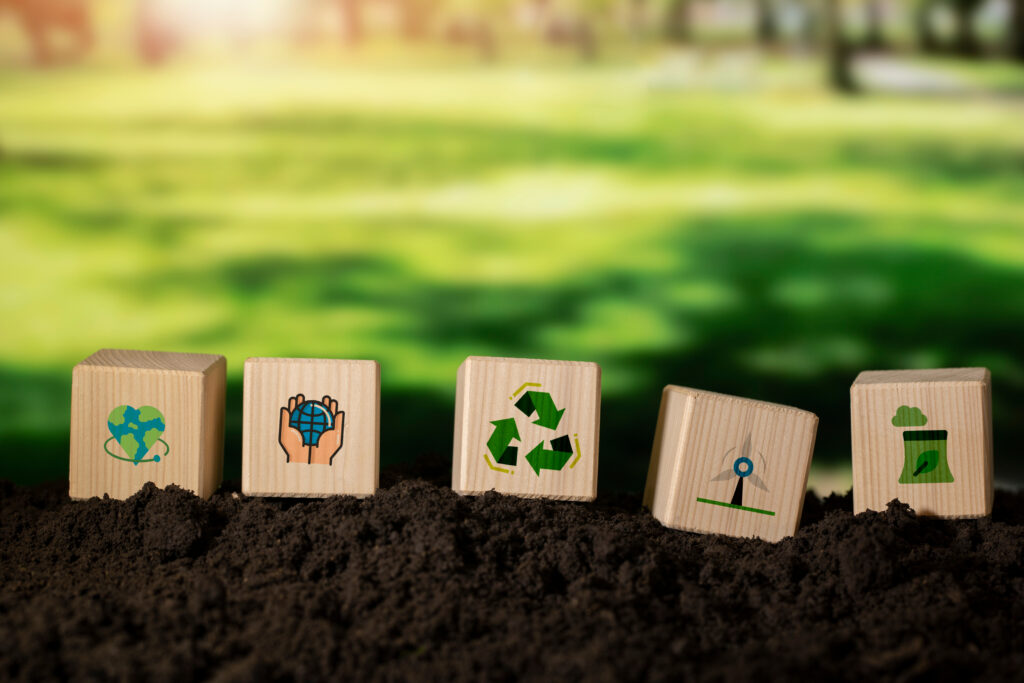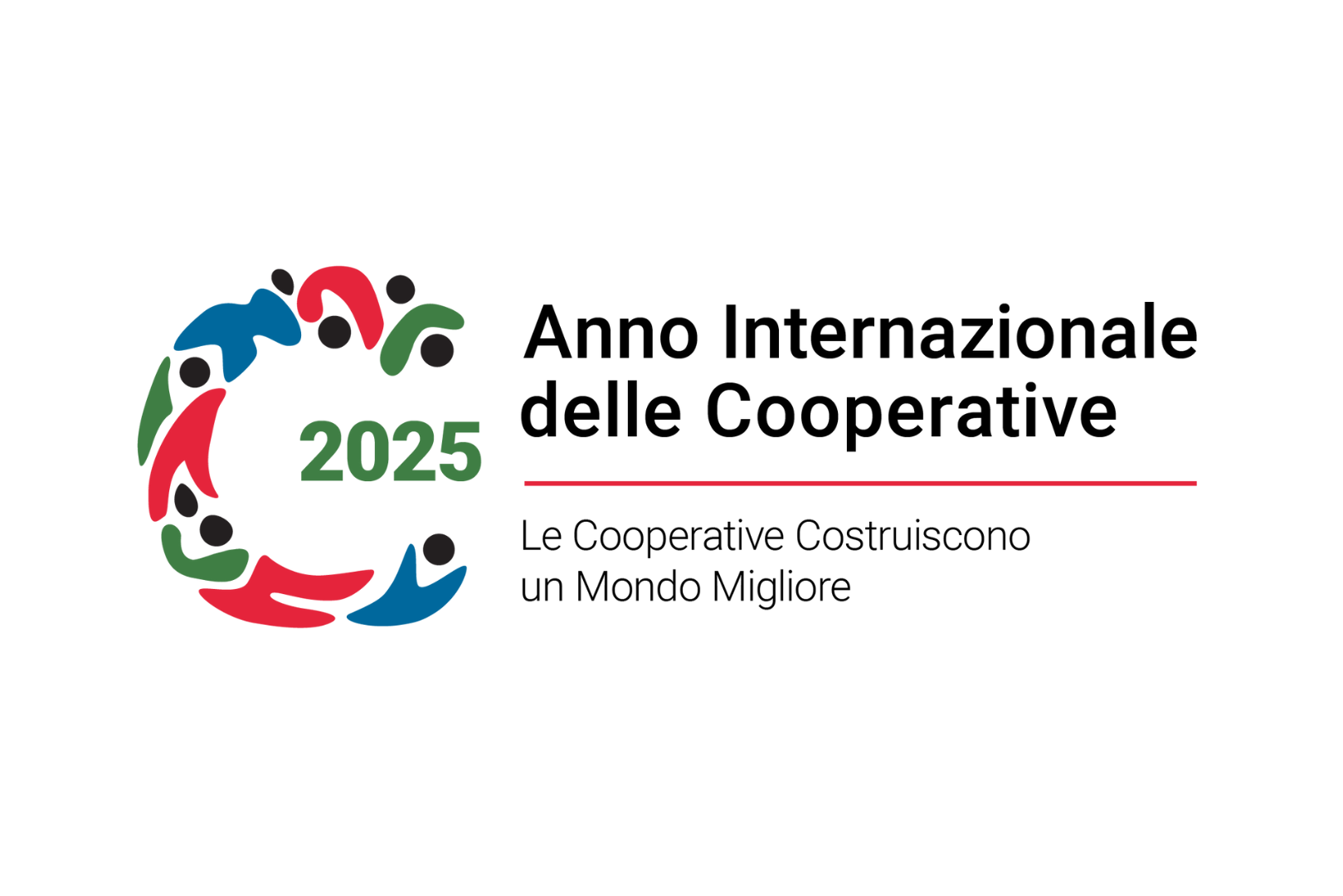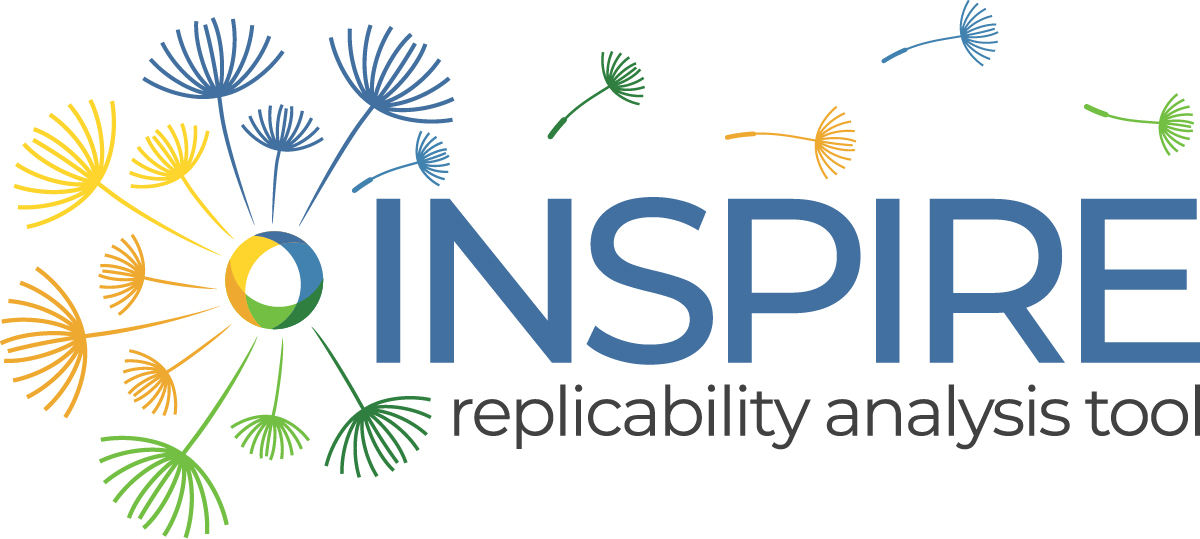
The European Union is confronting the urgent issue of soil degradation through a comprehensive strategy involving targeted research, funding, public policy, national events, and cross-disciplinary collaboration.
Recognised as a crucial priority within the EU, soil health is essential for our survival and currently faces considerable threats. To shed light on these threats and address soil challenges, the 100 Living Labs and Lighthouses for Soil Health – Funding Opportunities 2024 event was held in Rome (and online) on 13 May 2024, organised by Trust-IT Services and the Politecnico di Milano, along with other key institutional partners, in the framework of the NATIOONS project.
The Italian event is one of the several happenings organised by the Horizon Europe NATIOONS project in European countries with the aim of advancing the EU’s “A Soil Deal for Europe” mission within local and regional settings. These events provide access to top-quality resources and information and encourage discussions on how to best tailor Living Labs (LL) to meet specific soil needs across different areas. Among the key outcomes of these initiatives, is providing assistance to regional and national bodies in applying for Horizon Europe funding under the Soil Health Living Labs theme.
Living Labs and Lighthouses for soil protection: The Italian perspective
Angelo Riccaboni (University of Siena), representing the “A Soil Deal for Europe” mission at the Italian national level highlighted a critical issue: more than 60% of Europe’s soils are currently in poor health, largely due to human-induced degradation. Additionally, these soils are threatened by anthropogenic climate change, which affects two-thirds of European soils, impairing ecosystem services and incurring costs which exceed €50 billion annually. In response, Europe is proposing a directive focused on soil monitoring and resilience. This initiative aims to standardise conditions across Member States and ensure robust protection for the environment and public health. It also seeks to provide a legal framework to support the achievement of healthy soil targets by 2050.
Science plays a vital role in this mission. The primary goal of the new European Soil Mission is to establish 100 Living Labs and Lighthouses by 2030. These labs are field sites connected to research centres, while Lighthouses act as demonstration sites that showcase best practices for transitioning to healthy soils in both rural and urban settings. The initiative adopts a grassroots approach, utilizing open science and participatory innovation, with extensive engagement from soil stakeholders and the public. Moreover, there is strong collaboration among researchers, land managers, regions, businesses, policymakers, citizens, and international partners in implementing the Mission. The Soil Mission is committed to providing comprehensive analysis, precise measurements, and rigorous scientific data, thus making a significant contribution to the European Soil Observatory.
Fabiana De Carlo (APRE) stressed how Living Labs are collaborative research initiatives that engage all relevant stakeholders to foster concrete actions aimed at enhancing soil health. They are designed to innovate, co-create, and facilitate formal learning, addressing societal challenges while improving soil health and related ecosystem services. The multidisciplinary and transdisciplinary nature of Living Labs results from the diversity of stakeholders involved. On the other hand, Soil Health Lighthouses function as venues that display educational and communicative solutions for improving soil health. These lighthouses are pivotal in demonstrating best practices and innovative solutions, and they serve as centres for training, networking, and communicating with potential users, policymakers, or the general public.
AI4SoilHealth and iCOSHELLs: ISINNOVA’s commitment to soil health
At the event in Rome, ISINNOVA introduced two soil significant initiatives in which the research institute is involved: AI4SoilHealth and the soon-to-be-launched iCOSHELLs. Daniel Rodrìguez Cassolà, researcher at ISINNOVA, presented the European project iCOSHELLs, where ISINNOVA acts as both a partner and coordinator of the Italian Living Lab. Although the project primarily focuses on the Mediterranean basin, it is coordinated on a broader scale by colleagues from the Swedish National Research Institute. iCOSHELLs is devoted to fostering active and collaborative participation among all stakeholders involved in sustainable soil management, with adaptable approaches for each local Living Lab.
To establish the Italian Living Lab, extensive mapping of the territory was conducted to identify local stakeholders and align their interests, expectations, and motivations. This initial step was followed by a comprehensive analysis of the regulatory, political, technological, and social landscape. Planned ongoing training sessions aim to enhance the skills of participants by familiarizing them with current achievements and best practices, ensuring the success of the Living Labs.
Each Living Lab involved in the project is interconnected through a coordination structure, emphasizing robust internal and external communication. A primary goal is to ensure the efficient operation of each Living Lab by facilitating effective interactions among participants. Furthermore, the development of a European platform is underway, which will serve as a hub for sharing solutions, skills, knowledge, and experiences across the continent.
The Italian Living Lab, classified as an Alpine Living Lab, incorporates a diverse array of institutions including the University of Trento, InnovHub, the Municipality of Oppeano, RUMA S.r.l., the Consortium for the Protection of Franciacorta, the Politecnico di Milano, the Mincio Regional Park, the Università Cattolica Del Sacro Cuore, and the University of Milan. This lab spans four mountain sites in Trento and six agricultural or agri-urban sites in Lombardy, Veneto, and Emilia-Romagna, engaging with farms, vineyards, parks, and urban gardens in collaboration with local companies. The hallmark of this Living Lab is the unity in research and collaboration among its participants.
A key aspect of the Italian Living Lab is its emphasis on co-creating soil management solutions through experimentation, engaging directly with farmers, businesses, public institutions, and civil society. The lab plans to select at least ten experimental sites for implementation, designing tailor-made experimental activities for each site through stakeholder interactions. These initiatives will include interactive activities and monitored experiments to validate the efficiency and effectiveness of the proposed solutions.
In parallel to iCOSHELLs, ISINNOVA is taking part in the AI4SoilHealth project, presented by Giovanna Giuffrè. This project concentrates on monitoring soil health using cutting-edge artificial intelligence techniques. A significant component of AI4SoilHealth involves evaluating how data from the Living Labs is collected, processed, and utilized. This is particularly crucial for identifying end-users who may lack in-depth knowledge of soil properties, protection strategies, or the latest advancements in agricultural techniques. Making the data collected from Living Labs accessible to laypeople is a pivotal aim of the project. At the same time, the policy-oriented aspects of AI4SoilHealth are exploring how the project can contribute to current and future knowledge and data needs for the efficient monitoring of soils and the elaboration of effective soil-friendly policies. Following an ISINNOVA-led consultation with 30 policymakers from various territorial levels, the reported needs varied widely, ranging from integrating soil concerns into broader energy and climate policies to creating sustainable economic frameworks. These discussions underscore the project’s holistic approach to soil health, blending insights from diverse sectors to enhance sustainability and resilience.




